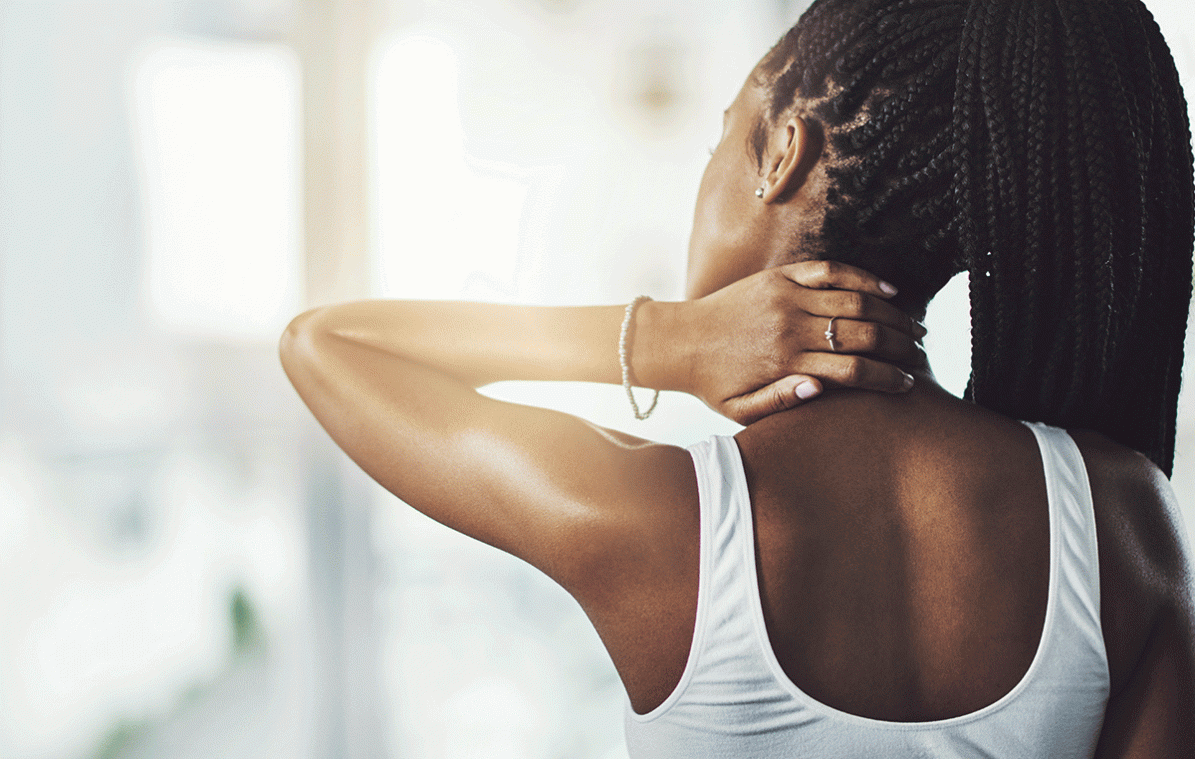10 Surprising Ways to Use Exercise for Stress Relief
 © Delmaine Donson
© Delmaine Donson
It’s a hectic afternoon: you have an approaching work deadline, you promised you’d call your best friend back, and you have some errands to run… We all have stress from time to time and what triggers it is as individual as we are. While one person might casually write to-do lists, another might become hopelessly overwhelmed by the idea of it. There are countless ways to deal with pressure and stress. Doing exercise to reduce stress, however, is always a surefire help.When you feel stressed, your body is flooded with hormones like cortisol, adrenaline, and noradrenaline. That activates your body’s inbuilt response to threats and prepares your fight or flight reaction. One thing that fleeing and fighting have in common? They both require exercise, which reduces those stress hormones, normalizes your bodily functions, and boosts the production of happiness hormones such as serotonin. But since you usually don’t have to run from a saber-toothed tiger in your everyday life, everyday exercise is a good alternative to get you to that calmer place again. Let us answer the question, “How does exercise reduce stress?”
If you’re wondering how to fit exercise to reduce stress into your already busy schedule and how, we’ll give you 10 helpful tips on how to most effectively use exercise to reduce stress and get the most out of your workout to really make it your ultimate secret stress-fighting weapon.
Stress can also prevent you from achieving your athletic goals. Want to lose a few kilos, but cooking is too much for you? Our Shape Shake 2.0 can help you reach your feel-good weight* and save you stress in the kitchen at the same time.
#1 Find the right time for your exercise to reduce stress
Making a habit of getting early morning exercise can have many advantages. But if you regularly get to bed late, or are a morning person and just can’t get used to working out early in the day despite trying it out, don’t force yourself to do it. Put your workout in the evening or use your lunch break. The right time to work out is the one that doesn’t stress you out.
#2 Find the right time for your meals
If you’re running low on energy during a workout, you’ll quickly lose motivation, not to mention stop having fun. Stress relief? Not a chance. So, make sure your body is sufficiently fueled with all the nutrients it needs before and after exercise. This way you can go full throttle, won’t feel exhausted during or after your workout, and you’ll stay on track to achieving your fitness goals.
We wouldn’t want you to be stressed about whether you’re getting enough protein, either. To take the pressure off, try our Whey Protein, which is the perfect no-fuss post-workout solution**.
#3 Give yourself a plan to reduce stress
Standing in the middle of the gym and trying to figure out what you’ll be hitting today? You won’t be able to clear your head like that. Let a trainer create a plan for you or use our workouts. This way you can fully concentrate on yourself and your body and switch off your mind while you exercise to reduce stress.
#4 Create your motivational playlist
We don’t want to offend anyone, but the music in many gyms is often anything but motivating. Add to that the huffing of other exercisers and the banging of weights… well, that background noise can make it hard for anyone to focus. Instead, create your own playlist of your favorite power songs and avoid any distractions while you are pumping through your exercise to reduce stress.
#5 Flight mode on!
Speaking of distractions – if you don’t want to leave your phone in your locker, at least turn it on flight mode. Training time is reserved just for you, everything else can wait! Doing exercise to reduce stress absolutely won’t work if you spend half the time looking at urgent work emails or our TikTok feed. Focus on yourself.
#6 Find the right pre-workout snack
Sometimes the classic “banana and peanut butter” before a workout isn’t enough. Do you need an extra motivation kick? Our Energy Aminos provide you with caffeine and BCAAs, so you can hit the ground running.
#7 Don’t draw comparisons
Don’t be influenced by what others are doing around you, how fast they are, or how much weight they are moving. These kinds of comparisons only create exactly the kind of pressure you’re doing exercise to reduce stress for. Instead, measure yourself and the progress you’re making.
#8 Take time to cool down
An intense workout, as good as it feels, puts stress on your body. So take a few minutes afterward for a short cool down. It’s a great chance to reflect on your workout and take a few deep breaths before heading back to your daily routine. You’re doing this exercise to reduce stress, not to build it back up.
#9 Get balanced
Admittedly, it’s not a big secret, but it’s an often forgotten and underestimated one when it comes to reducing stress. Pay attention to your hydration levels to ensure your muscles get enough nutrients.
Your body also needs sufficient time for recovery, especially if you exercise to reduce stress regularly. Give it the time it needs. After your workout and shower, it’s time for our Recovery Aminos. And make sure you get enough sleep when your day’s done.
#10 Find a sport you enjoy
There are countless ways to get active. The most important thing is to find a sport that you enjoy, because that will be your most effective way for exercise to reduce stress. Need help with your search? Don’t worry, we’ll show you which kind of sport suits you best.
More healthy living tips from foodspring:
- Fitness Motivation: 6 ways to amp yourself up for your session
- How to reduce stress: 9 amazing tips to bring you to a calmer place
- Endorphins: Here’s why they make us happy
- Stress relieving foods: Eat these for a dose of zen
- Muscle recovery after your workout: 6 regeneration rules
*Weight loss with Shape Shake 2.0: Replacing two daily meals with one Shape Shake 2.0 each contributes to weight loss as part of a low-calorie diet. Replacing one meal helps you maintain your weight. The product fulfills the intended purpose only in the context of a low-calorie diet. A low-calorie diet must also include other foods. Be sure to drink enough fluids every day. Ensure a varied and balanced diet and a healthy lifestyle.
**Proteins contribute to an increase in muscle mass.
Sources for this article
We at foodspring use only high-quality sources, including peer-reviewed studies, to support the facts within our articles. Read our editorial policy to learn more about how we fact-check and keep our content accurate, reliable, and trustworthy.





























